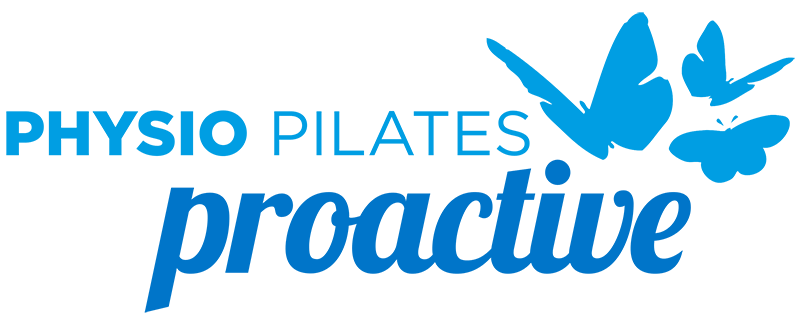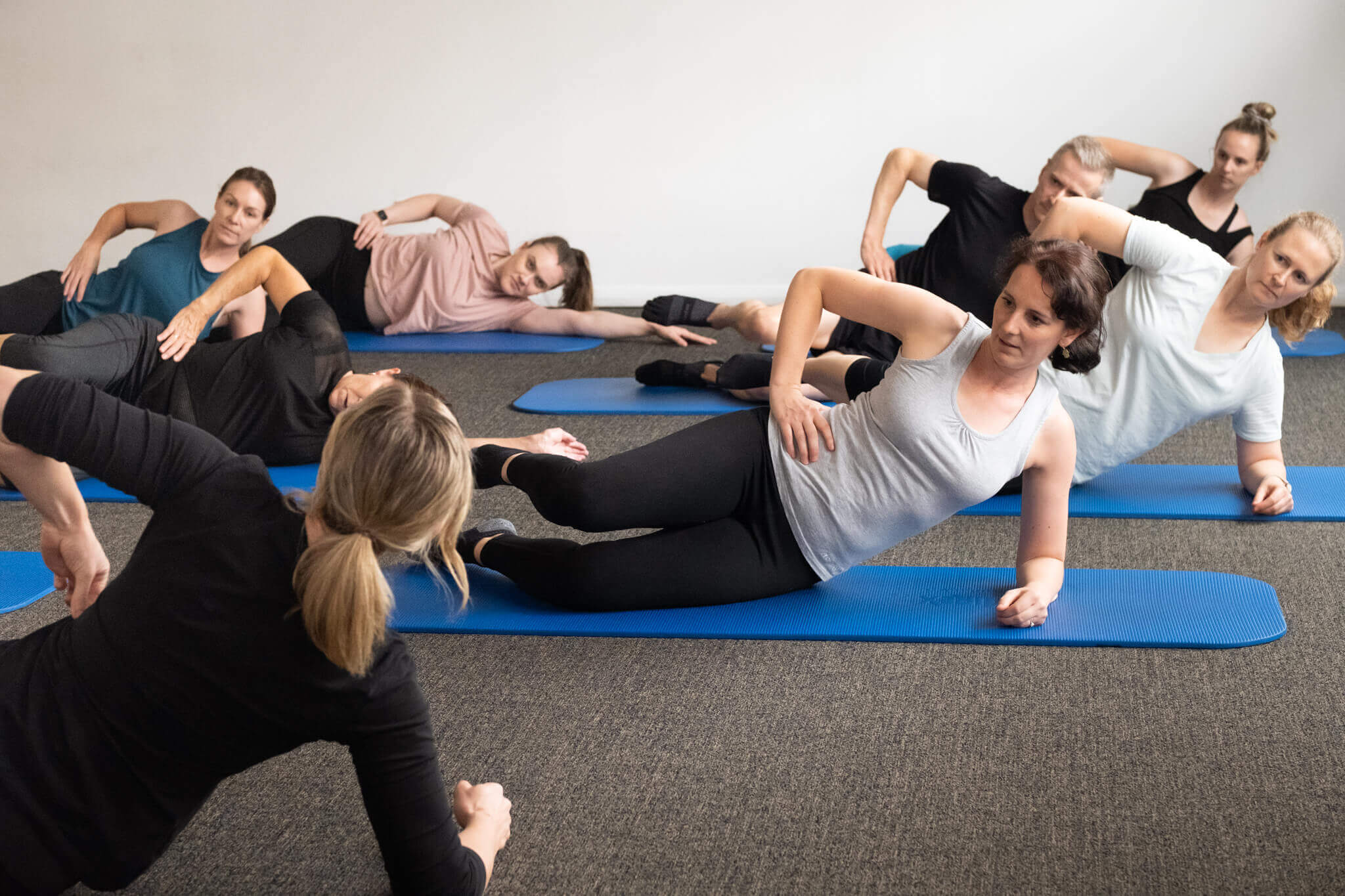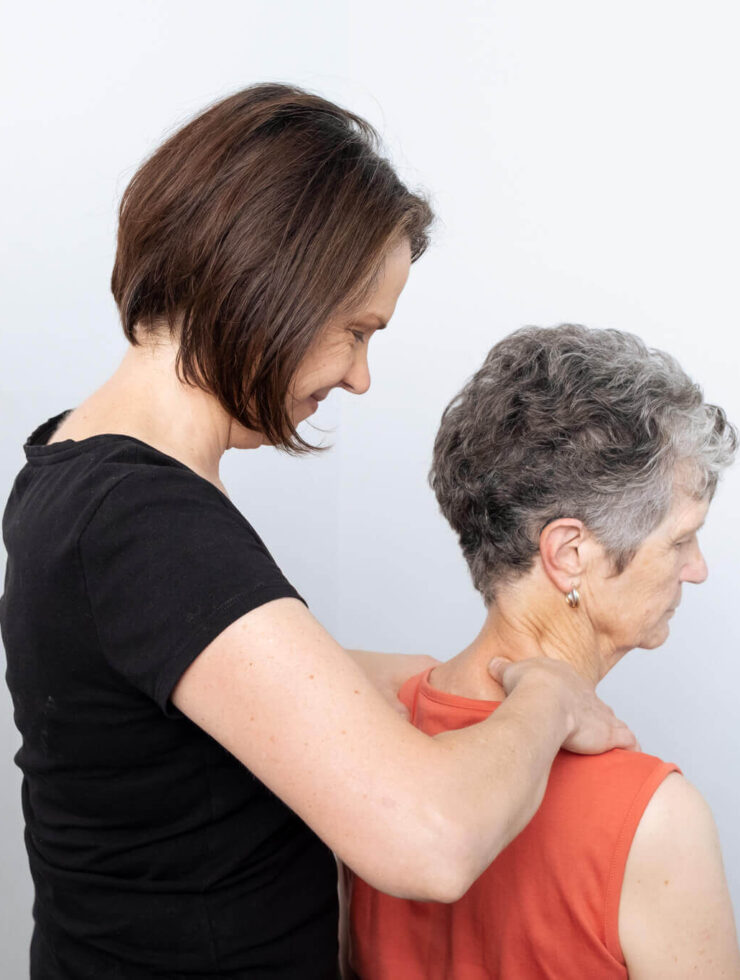Participating in sport, running or other high impact activities during pregnancy and early after childbirth may actually reduce pelvic floor muscle strength and cause long-term bladder and bowel problems. However, when care and precautions are taken you can minimise the risk of these developing.
After the birth of your baby, your pelvic floor muscles can be stretched which puts extra tension on the supportive ligaments. If there is extra load placed on the pelvic floor (such as running, jumping, heavy lifting) whilst it is still weakened and recovering there is more risk of you developing a prolapse. A prolapse can happen soon after the birth or in the years following.
Pelvic Organ Prolapse occurs when one or more of the pelvic organs comes down or bulges into or out of the vagina, often with the sensation of ‘something coming down below’. The pelvic organs consist of the uterus, bowel and bladder.
Symptoms of this can include:
- A heavy dragging feeling in the vagina or lower back.
- Feeling of a lump in the vagina or outside the vagina.
- Urinary problems such as slow stream, a feeling of incomplete bladder emptying, frequency, urgency and stress urinary incontinence.
- Bowel problems such as difficulty moving the bowel or a feeling of not emptying properly.
- Discomfort during sexual intercourse.
If you are experiencing any of these symptoms it is important to seek an assessment with your GP who may need to refer you to a gynecologist or Women’s Health Physiotherapist.
In terms of returning to sport or exercise, it is important to ease back in to activity after you have been given the all clear at your 6 week check up by your doctor or midwife. Having some guidance around the base line strength of your pelvic floor can also be very useful to make sure that you do not weaken it any further. Booking in for an assessment with a Women’s Health Physiotherapist to assess the function of your pelvic floor and commencing some pelvic floor strengthening exercises can be useful.
As a general guide, usually after 12-16 weeks post birth is the time frame in which more loaded activities such as running and weights can commence again.
If you do feel any vaginal heaviness, urine loss or back pain during or after exercise, you should slow down or reduce your activity level and wait a bit longer before trying to increase the intensity levels again.
Make sure that you are kind to yourself during those first few months after having your baby. It is very normal to feel tired due to interrupted sleep, the extra demands of motherhood and also breastfeeding. Do not push yourself with exercise during this time. If you are already fatigued there is more of a chance of injury occurring. Pelvic floor and gentle abdominal exercises via Pilates exercises can be a gentle and supported way to do some movement without causing further fatigue to your body. Seeing a physiotherapist for a home exercise program or coming to Pilates classes can be a nice way to take some time out for yourself and your body.
Some basic Pilates exercises that can be helpful to regain some abdominal strength after 6 weeks post birth are:
In Supine:
- Pelvic tilts and bridging
- Bent knee fall out, leg floats and leg extensions
In all fours:
- Leg slides
- Leg floats
- Opposite arm and leg floats
In sidelie:
- Top leg lifts
- Double leg lifts
Focusing on lifting your pelvic floor as you do these exercises is important. Stop if you get any pain.
Building on these exercises as the weeks go on is a great way to gently improve you core strength. Looking after a baby is a very physical job and having some good postural and core strength can save a lot of back pain down the track!




